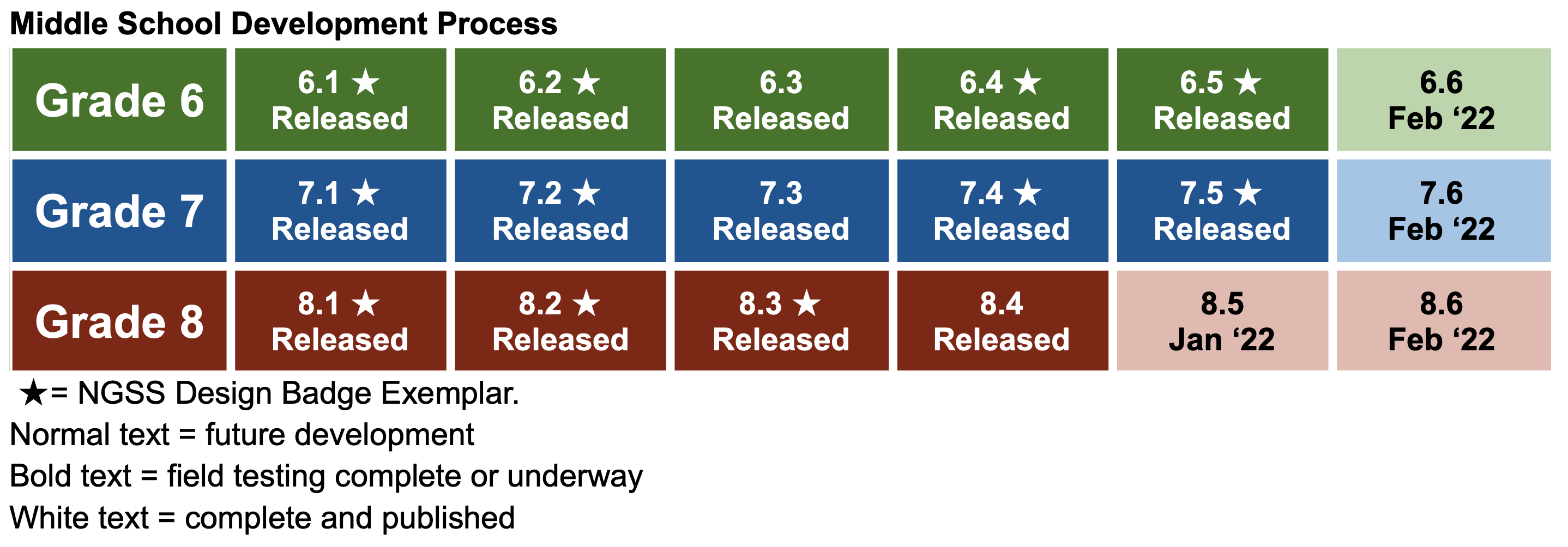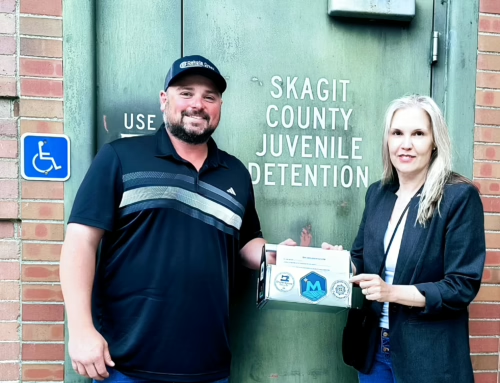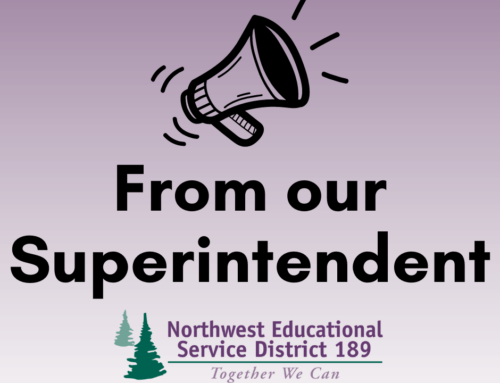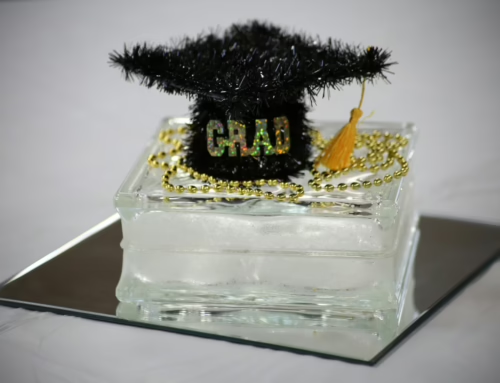I have shared with you all about the OpenSciEd Open Educational Resource (OER) curriculum that is being developed by OpenSciEd.org, but I’m not sure I always capture the why of these materials. Today I wanted to share a couple of resources with you that get to the why of OpenSciEd.
From a Massachusetts Case Study:
This quote from a student brings me such joy!
“We all know that the teacher knows more than us,” an eighth-grader said…. “They know more, so they have more power. I don’t feel that way in science anymore. My teacher wants to know what I know and what I’m thinking. Nowadays I raise my hand because I know that I have something important to share.”
OpenSciEd represents not only Next Generation Science Standards aligned (NGSS-aligned) materials, but a pedagogy that democratizes and builds off of the knowledge present in a classroom setting. The job of the student is to figure things out. And the job of the teacher is to set students up to successfully figure things out. Teachers support and facilitate discussions and investigations that give all the breadcrumbs to the students and then support students in building those breadcrumbs into a cohesive explanation. This is at the heart of NGSS and it’s so wonderful to see instructional materials that are designed this way.
If you’d like to read the case study that has even more powerful things to say, you can read it here: [Case Study].
From a Colorado Teacher:
The quote below is from a Facebook post from a Natural Hazards field test teacher in Colorado where they recently experienced tragic fires:
“You [OpenSciEd] are making a difference. This seems like an important thing to write in a really difficult time. Just before winter break, my 8th graders and I wrapped up the natural hazards unit, developing a protection/communication plan for a natural hazard of their choice. Many students chose to focus on wildfires…
So why the share? I teach in Louisville, CO and the effects of the Marshall Fire have devastated our school community. Some of our students have lost their homes to the wildfire and others’ homes were spared. Others watched the fires spread rampantly over their beloved town. At the time of this post, 991 structures have been lost and sadly, two people are missing.
OpenSciEd, I thank you. The science we do in our classrooms is real and gives students opportunities to understand their world. I have a glimmer of hope that there were students who knew what to do as the fires approached because of tough, yet real conversations we had in class, understanding the urgency and severity of how to respond. While I am not sure what this week will bring, I know that my school community will be strong to lift kids up. Keep on figuring out. ❤️”
Middle School OpenSciEd | NWESD’s Science Materials Center (SMC)
At this time (January 2022) the OpenSciEd Middle School project is nearly complete! All units have been field-tested, and all but three are released, and most of those released units have received the NGSS design badge! NWESD’s Science Materials Center (SMC) has many of these units available for check out [NWESD SMC MS OpenSciEd Inventory]. All districts can use these materials. We ask that teachers complete an asynchronous 3-hour Introduction to OpenSciEd PD module as well as an asynchronous 2-hour orientation to the specific unit they want to use. These asynchronous trainings are meant to support teachers in their use of these materials.
Inquiries about checking out materials: Kelly Spears
Inquiries about the PD modules: Bailey Wend
Middle School Development Process
High School Field Test
At NWESD we are pleased to be supporting our state’s field test teachers in the development process of the high school suite of materials! By the end of this year, field testing will be almost halfway through all the units in its 2-year development process.






